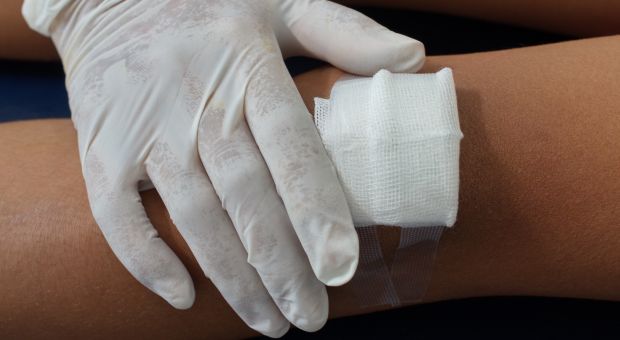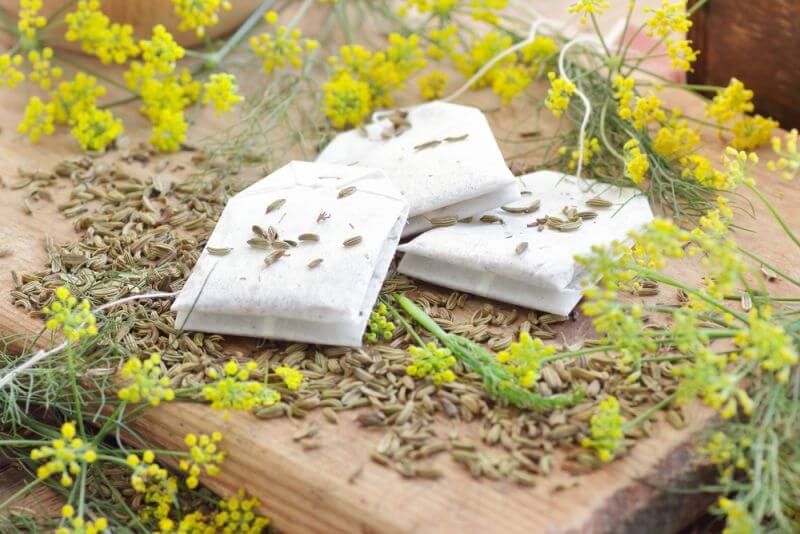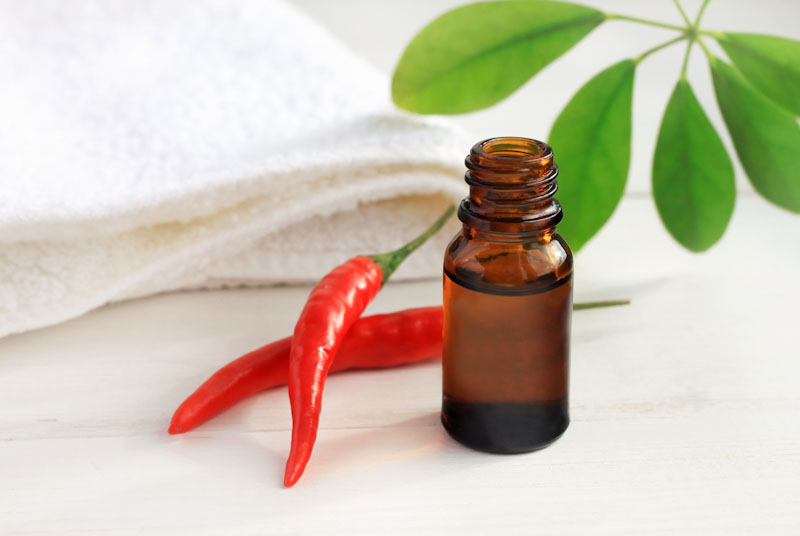The processed foods companies are going to love reading this article, for all the wrong reasons.
Now, I think treating wounds with sugar was a big thing during the Napoleonic wars, when soldiers were known for packing gunshot-wounds with sugar, until “medevac”; this old trick has to do with osmotic effect, or something along these lines. That if memory serves me well. I know, we live in the age of internet and search engines, hence everybody is smart nowadays, provided there’s an internet connection available and a smart device at their fingertips, but now and then it feels really good to have a classical education and to to be able to use it for practical purposes.

In our particular case, forever means for thousand of years; in ancient Egypt, surgeons were known for using sugar for healing wounds faster, and what do you know: it looks like sugar’s back in business with a bang. Old wisdom seems to be truer than ever, as physicians in Europe, and mainly in the UK, are working frantically at bringing back this ancient techique.
The thing is, after a series of trial tests were performed relatively recently, to no one’s surprise really, the medical community was shocked to find out that “old folk remedies” actually work. At least sometimes. As I already told you in the introductory paragraph, yes, sugar helps with treating wounds due to its property of drawing water into itself. This is called osmotic effect in scientific lingo, and pedantically speaking, sugar is a hydrophilic material, as in it has affinity for water. Another way to put it is “sugar is hygroscopic”.
How Does it Work Exactly?
Well, if you pour sugar over one’s wound, it will suck water/humidity into its midst (the sugar, that is), thus keeping the bed of the wound dry, hence promoting new tissue to grow, which is kind of awesome if you think about it.
At the same time, this osmotic process dehydrates the microorganisms (bacterium) that are known to cause infections in wounds. Dehydration is as bad for nasty microorganism as it is for us, humans, as in it leaves bacterium fragile and weak (phase one), thus incapable of reproducing and all that. The next step is death from dehydration. We call this an antibiotic effect, with regard to pouring sugar over wounds.
Basically, what we’re dealing with here is a “two for the price of one” kind of a deal.
And by the way, sugar is pretty cheap nowadays, and non toxic, as opposed to antibiotics. Moreover, readily available, as opposed to antibiotics. So, to sum it up, on one hand, you keep the wound from getting infected, and in the same time, you promote a faster healing process. It’s win-win, right? And all it’s done with sugar. Don’t worry, our website is not sponsored by US Sugar Corporation. Incidentally, I am of the opinion that refined sugar is incredibly bad for one’s health, hence I would only advocate for using sugar externally, as opposed to ingesting it. Keep in mind that ingesting sugar doesn’t help with healing one’s wounds by the way.
Moving along with our story, there’s even a better way to treat wounds.
Sugar plus Oil, or Sugar plus Honey
Mixing oil or honey with sugar creates some sort of an ointment, which is applied on the wound as a salve. Another idea for keeping the sugar into place is by using petroleum jelly, that if you don’t have oil nor honey available. These viscous substances are believed to help with improving the “sugar penetration” into one’s wound, or something along these lines. Regardless of the theory, it just works, that’s the lesson to be taken home after reading this article. And speaking of “it just works”, since the devil is in the details, here are the details on how it works:
The best effect in treating a wound with sugar is to apply a basic salve onto the wound, and for best results, only maintain a loose cover around the wound. You must make sure there’s no bleeding before applying sugar on the wound.
To avoid wounds from getting infected in emergency situations, you must sprinkle sugar granules all over the wound. Keep in mind that you’ll have to perform this procedure three to four times a day, and before reapplying the magic treatment, you’ll have to clean the wound thoroughly with water.
A very effective ointment can be improvised from povidone iodine (10%) and sugar. Applied on the wound, this mixture works wonders in terms of preventing it from getting infected and faster healing. Iodine is also a very efficient antibiotic, while the sugar will prevent further bacterial growth. Also, this stuff doesn’t sting at all, which is great for kids. It’s important to remember to have clean bandages available in your survival kit (along with sugar obviously), and also to maintain proper hand sanitation during the “procedures”. You can reuse cotton bandages after rinsing them with clean water and then boiling them for at least ten minutes. That’s a cool “life-hack” for emergency situations, when supplies are scarce.
Here’s a great video on how to use sugar to heal wounds. Enjoy:
With all these in mind, don’t forget to add granulated sugar to your emergency survival kit, okay?
Sugar is cheap, and readily available. However, it will only work in its pure-granulated state. Besides making for awesome emergency medicine, you can use the sugar in your survival kit as a quick “energy boost”, due to its huge calorie content. Just don’t eat it all in one stand, alright?
Besides sugar, remember to pack enough bandages, both pressure and compression varieties, together with stuff that can be improvised to make bandages in case of emergencies (cotton-made clothing for example, like a T-shirt). And while we’re at it, don’t forget about iodine. Your survival kit must also contain rope or something that can be used to improvise a tourniquet, to stop that damn’ bleeding before applying sugar to the wound. And yes, a suture kit would be nice, provided you know how to use it. Medical gloves, thermal blanket, a scalpel and pain medications are also to be considered.
Finally, how much sugar to pack, you asked?
There’s never too much sugar, for some folks, but in this writer’s opinion, half a pound would do it.
Bottom line: sugar is a powerful antibiotic/cleaning agent in a survival situation, and it’s also incredibly cost effective. Here’s a great video on how to use sugar to heal wounds. Enjoy:
I hope the article helped. If you have new ideas/comments, please use the dedicated section below.










SteveF | March 31, 2019
|
Im a retired Navy Corpsman, and I used sugar frequently to heal nasty wounds at sea. My Engineers would often ignore punctures, either because they were on liberty, and didn’t want to return to the ship, or because they were busy with a repair, and couldn’t. By the time they got to my Sickbay, a simple puncture wound was a deep abscess.
I’d clean, irrigate, and explore the wound, to make sure that all the pus was evacuated, then introduce the sugar/betadine gel mix. Cover with a dry sterile dressing. Return in 24 hrs. 50% healing. Wash, rince, repeat. 50% healing each day. Depending on the initial size of the abcess, ten days to two weeks, complete healing, without scaring.
A colleague’s wife developed a mastitis. The sugar healed her, without a scar, in 10 days.
Sandra E. Keith | March 31, 2019
|
Hi Chris,
Thank you very much for the information.
I have been battling sores, for several years and I have not been able to get rid of them.
So, my problem is not necessarily wounds, but sores that won’t heal.
I’m absolutely going to try your remedy.
I thank you for your help.
GOD BLESS YOU!
Sincerely,
Sandra E Keith
Buck W. | March 31, 2019
|
I was told by a fellow I worked with that his horse had a terrible gash on its shoulder..
After trying everything the vet was unable to get the wound to heal and said the horse would have to be put down.
He said he fried up a bunch of bacon to get the grease and then added a lot of salt to the hot grease to form a paste.
After it cooled he packed the wound with the paste and he said the horse healed up just fine..
I don’t recall if or how many times he had to repeat the process..
Roger Wathen Sr | November 24, 2020
|
My daughter has diabetes and is recovering from cancer. Her feet sometimes break out in sores and finds it hard to walk. Can a mixture of petroleum gel with the sugar and iodine help to heal them. Roger
Gregory N Cecil | November 25, 2020
|
Won’t hurt to try.
Natanya Howry | December 10, 2020
|
Ask a doctor. I don’t know how a source of sugar in a wound could affect a diabetic, this is a topic that needs to be handled with professional care.
IvyMike | March 31, 2019
|
Also look up sugardine, sugar mixed with povidone iodine is an incredibly effective wound treatment. The limitation for TEOTWAWKI type prepping is that iodine has a shelf life of 2 years at most.
LC65 | September 23, 2019
|
Any chemists out there ? How is Iodine manufactured ? Can we do that in a SHTF situation ?
Also, what about Chlorine – from salt ?
BillH | October 22, 2019
|
Iodine is an element on the periodic table. Thus, apart from extraordinary (nuclear) processes, it can neither be created nor destroyed. It is fairly reactive, slowly combining with practically everything, but the atoms of iodine remain. For example, a plastic bottle, or the cap of a glass bottle. Takes time, but it stains everything an orange color. In general, retains some germ killing characteristics even when combined with other things.
Iodine tablets are fairly shelf-stable as they are not elemental iodine; they are combined into a molecule with other elements. The suggestion that iodine only has a shelf life of two years in not a general rule. The actual substance and the container determines this . So look at what the manufacturer says on the container.
As for chlorine (another element), in its pure (gas) form, it is terribly reactive and will kill living things, such as yourself and your family.. There are solid forms which are shelf stable, as opposed to bottles of bleach, which lose strength in 6 to 12
months. These must be dissolved in lots of water before use to prevent exposure. Chlorine, unlike iodine, it rather common, and in table salt, rather stable and not a way to disinfect water. Unlike iodine, it does not typically dominate the molecules that it combines into. Again, any successful attempt to extract chlorine from salt on your kitchen table is suicidal..
Both are powerful stuff. Do not fool with them without becoming informed first, and using protective gear and processes. It is not a survivalist approach to kill yourself. 🙂
Unlike chlorine, there are no common substances that contain significant iodine.
Derek | December 22, 2020
|
SEAWEED.
Necro | November 7, 2021
|
Thank you. A one word explanation that the guy above took a textbook to address and still managed to not answer the question.
Random63 | May 7, 2019
|
Used to use Bag Balm and sugar mixed together in the hospital for bed sores. Worked wonderfully and much better than the pharmaceutical salves they use today. You can find Bag Balm in the farmers stores. It’s used to cover and heal sores on cow udders. Mix a sugar and Bag Balm together and apply to the wound and cover.
Charles Drummond | October 5, 2020
|
I have used salt as a curer to toffen the skin. But not on the inside. If you want Iodine, and are near the ocean, you can use kelp as a covering, and somewhat of a bolus. to drow out the poison. If your not near the ocean you may find Juniper, the berry’s, leaves and the cambeum under the bark can be used to disinfect and drow the poison out.
Carmel Vella | June 29, 2019
|
When my dog was hit by a car that took some flesh off his sidfe, I treated it daily with papaya skin. I was in the Philippines at the time. Healed him in a couple of weeks.
Anne Gerrard | September 23, 2019
|
As a nurse I used sugar mixed in Vaseline to cure pressure sites many times. In England we were observed by the national health people and they were very strict on bedsores, we had only a short time to heal them and sugar and Vaseline worked quickly and well. Overall we didn’t get many we did a lot of preventative things, all natural, but the sugar/Vaseline combination did the job. Another thing we used if people came in with badly infected wounds, and this will gross out a lot of people, we used maggots. Sounds nasty but maggots only way the bad stuff so in a short period of time they clean out all the infection then you go to the sugar/vaseline. This was back in the early sixties, sometimes the old things work best.
Paul Vermillion | September 24, 2019
|
Reference the maggots–In ’72, while enroute to my 2nd year of duty during the Vietnam War, one of the medical techniques they taught us (Air Force Pilots and Nav’s) while attending the Jungle Survival School at Clark Air Base Phillipines was to use maggots to clean out badly infected wounds if we were shot down in the jungle and trying to escape & evade the enemy. Crude and gross, yes, but potentially lifesaving until we were rescued and could get better medical treatment! Maj. Paul Vermillion, USAF (Ret.)
Bill BALHARRY | October 1, 2020
|
A few years back a car went off the road in the Scottish mountains, down-hill and out of site of the road, The driver was fairly badly injured and trapped in the car until found quite a few days later, and it was reported that had maggots not kept the wounds clean the driver would have lost one (or more?) limbs!
Gina Liberti | January 3, 2020
|
Great information. But remember that most sugar comes from genetically modified beets and if non gmo, there is still a risk that it was pre-treated with round up prior to harvest. And while sugar cane is making a come back, sugar cane from South America could also be genetically manipulated. So choosing an organic version, while a little more expensive, will insure a clean product.
Natanya Howry | December 10, 2020
|
Organic does NOT mean pesticide free, many of the pesticides that are considered okay for use in organic farming practices are significantly more toxic than glyphosate. Interestingly, most of the people who are afraid of glyphosate haven’t the first idea about how the stuff actually works. Same with GMOs.
Glyphosate does next to nothing if it does happen to get in the human body, is excreted in its original form through urine and feces (indicating it is not metabolized in the body; it undergoes no chemical reactions), and it’s impossible for the trace amounts that could persist in sugar after processing to have any appreciable effect on people. Glyphosate also naturally breaks down in the environment after 6 months.
Don’t scare people for no reason. Things that have had glyphosate used on them are not “unclean”.
Transgenic modification allow plants to be granted the natural resistances that other organisms already have, so that less pesticide can be used, allowing for safer, more effective farming practices. If you don’t like pesticide use you should be pro-GMO, because it’s through genetic modification that we can phase out the use of pesticides.
Lori | January 3, 2020
|
As an old nurse I can agree with the healing properties of sugar as we used to mix Betadine and sugar to treat bed sores (decubitus) in nursing homes in the 70s and it worked quite well.
georgann mundis | January 3, 2020
|
We used sugar/dine (that’a what we called it) for wounds of horses when I was a kid. It was very effective and the wounds did not develop proud flesh (excessive tissue that can occur in horses). I have used this quite a few times when in need. A very safe wound management method.
Richard Honaker BTC | January 4, 2020
|
I’m 73 years old and I have never used sugar as a healing agent. This info will be carried with me for the rest of my life. I had wounds that could have used this treatment. Thanks so much for the info
Deborah | June 14, 2020
|
When my youngest daughter, now 47, was about 2, I was cutting her finger nails on the porch and nipped her finger. I don’t know who cried the most. I called my mother, born in 1928, and she told me to put sugar or ice on it. I used sugar and it was all good. I had forgotten about that. Now, my hubby gets hurt working on things, and age has made our skin thin. I’ll have to remember this. I’ll be sure and get some Sugar packets to keep in the first aid kit, too. Thank you for this article. Now to go print it off.
DBeane | June 15, 2020
|
When I was little, my grandma used sugar, a sliver of bar soap and a piece of bread soaked in milk and put it on a boil I had. It was completely gone the next day. Not even a scar was left!!! If I scrapped my knee badly she used sugar bread and milk. It worked like magic. Why were these amazing remedies removed from our medicine cabinet?….
Thomas Herold | October 2, 2020
|
They were removed from your medicine cabinet because they are inexpensive, and work well – and this is not a good business model for big pharma. Here are some other tricks, If you have iodine available, you can use that all by itself. The sugar will get rid of moisture, but it is not a critical active ingredient. Any kind of iodine salve, or just plain liquid tincture of iodine, will kill the bad bacteria and practically sterilize the wound. For wounds that are large and/or significantly infected, just clean and re-apply two or more times daily for a few days, until the wound heals. And by the way, salt (common table salt – sodium chloride) can also be used to kill and practically sterilize a wound. For centuries it has been used to preserve meat and vegetables being transported through a desert. And perhaps you remember your mother telling you to gargle with warm salt water when you had a sore throat. This is because the salt is alkaline, and kills the acid-loving bacteria in your throat. Soap is also alkaline, which is why it effectively kills the acid-loving bacteria on your skin, and in wounds. Have you ever noticed that diseases are almost always directly linked to acidity? If we keep our bodies in a state of alkalinity – on the inside – we will stay healthy. This is because all the bad guys – the harmful bacteria, viri, fungi, and yeast – love (and reproduce quickly in) a slightly acidic environment. They die off quickly when they are exposed to a slightly alkaline environment. And yes, that includes all cancer cells. Cancer thrives when the blood is slightly acidic. So now you know why you have heard that cancer patients should avoid consuming sugar. The sugar causes the blood to become more acidic. The more sugar we consume, the more acidic our blood becomes. If we maintain a blood pH value of approximately 7.2 to 7.4, we will remain very healthy, and we will definitely not get cancer.